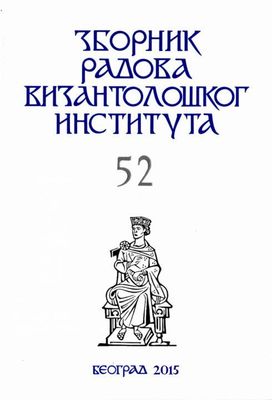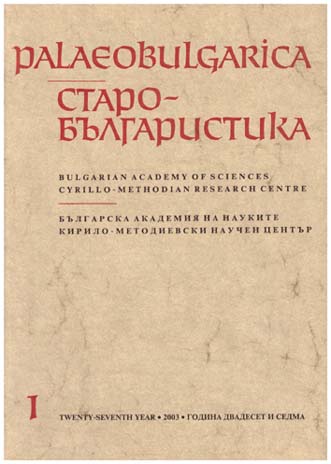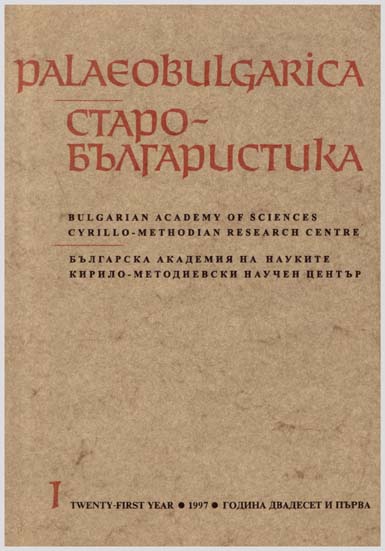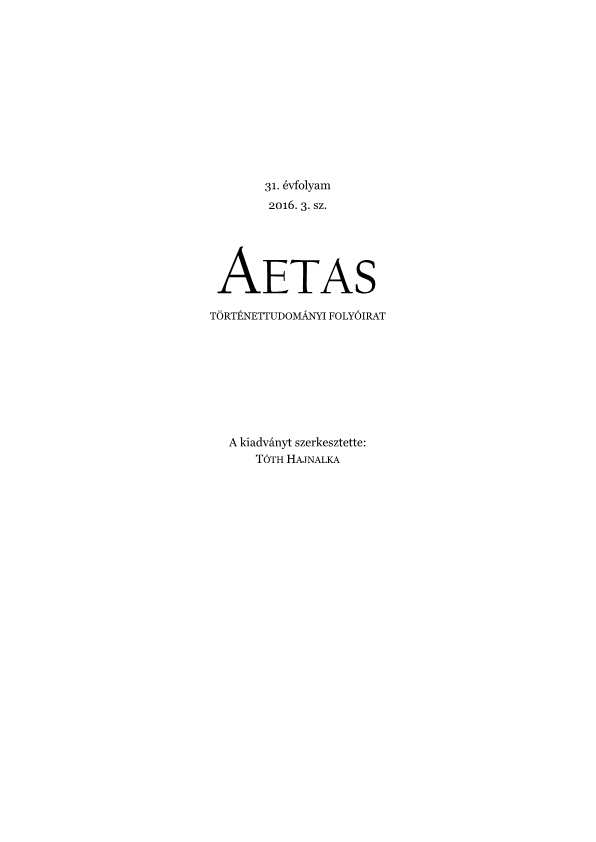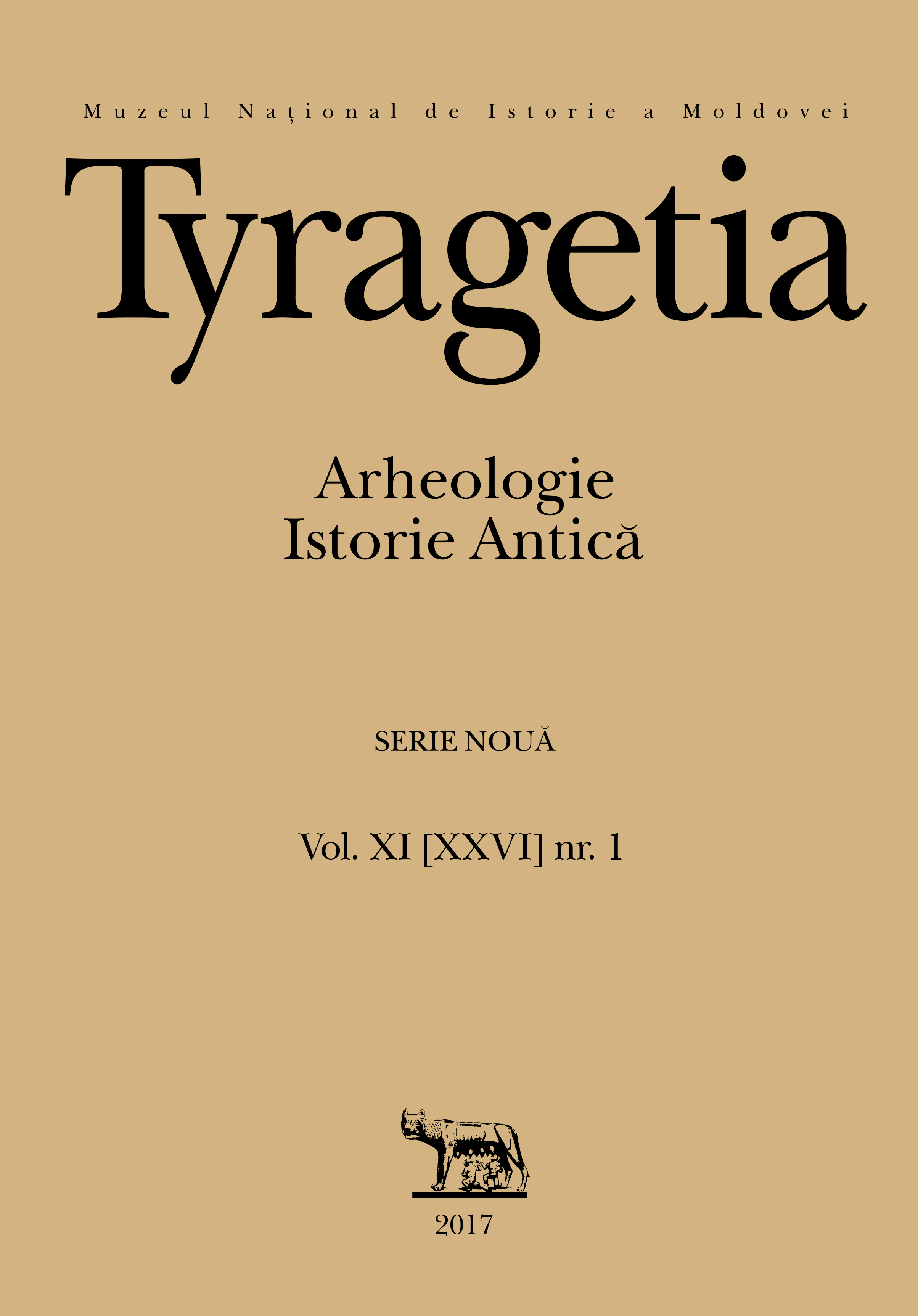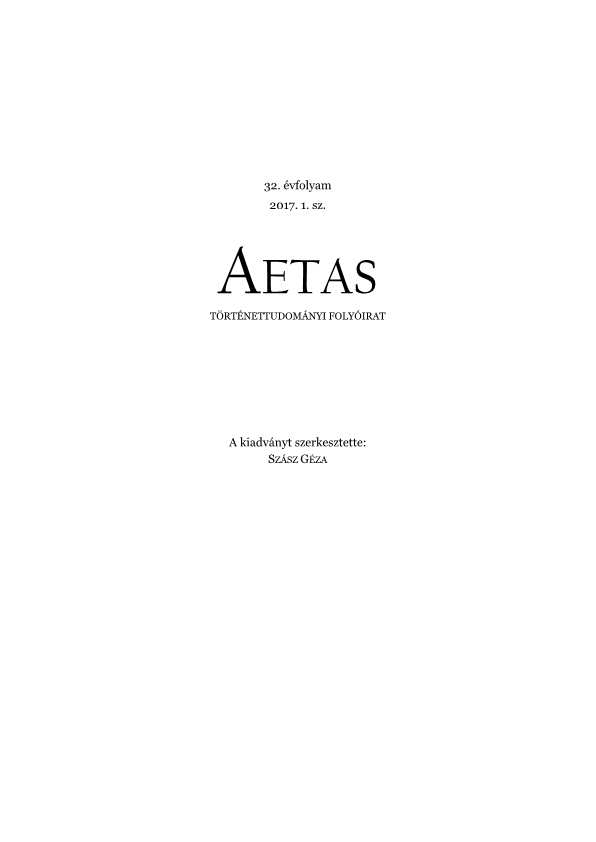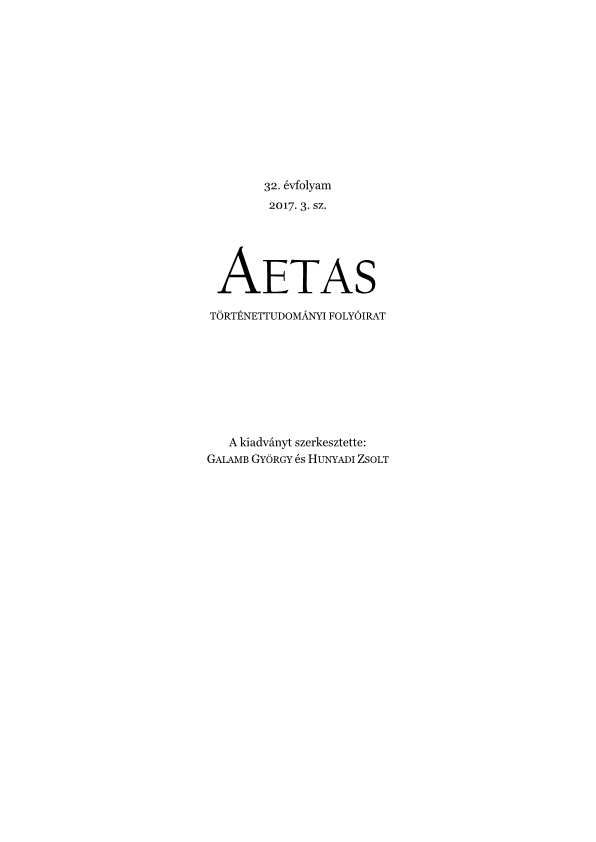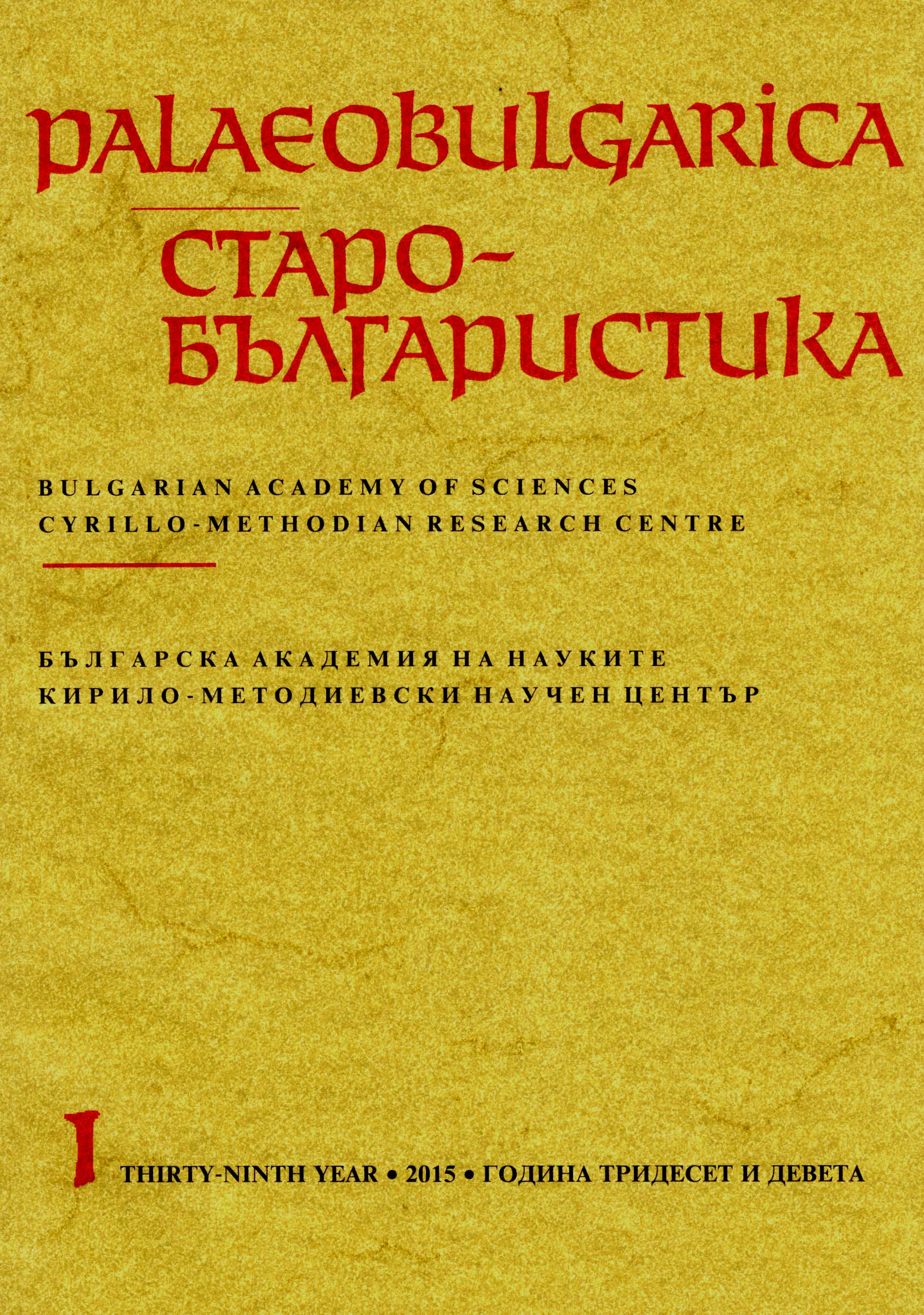
Отношение Константинопольского патриарха Николая I Мистика к вопросу сбора чрезвычайных налогов с Церкви в пользу государства
The article discusses the attitude of Nikolaos Mystikos towards the exaction by the state of extraordinary fiscal duties from the Church. The Author of the study concludes that the patriarch, despite his experience in civil service, in this respect tended to display views which were expected of the head of the Church, i.e. he defended the interest of the ecclesiastic structure and chose the way of tax evasion to avoid losses in the Churches’ financial resources. However, he was also well aware of the fact that in some instances the Church has the obligation of supporting the state with ecclesiastic funds. Such a situation was a threat posed by an external enemy. That is why during his reign the Church’s resources were tapped in the face of the danger caused by Bulgaria under the rule of Simeon. Neither can one exclude the conclusion that the above-mentioned reluctance of Nikolaos Mystikos to support the practices of the state resulted not only from his defence of ecclesiastic resources but it also was caused by the anti-Bulgarian policy pursued by the authorities in Constantinople. The Patriarch simply did not see a reason why the Church should be obliged to pay for mistakes made by rulers of the Empire.
More...
